Digimon Story: Time Stranger Review – The Best ‘Prettygoodmon’ RPG Yet Redefines the Digital World (PS5, Xbox, PC)
Popular Now
 Candy Crush Saga
Candy Crush Saga
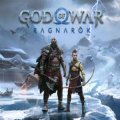 God of War Ragnarök
God of War Ragnarök
 BeamNG.drive
BeamNG.drive
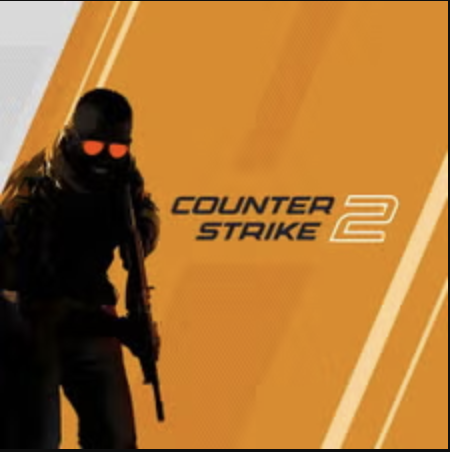 Counter-Strike 2
Counter-Strike 2
 Gacha Club
Gacha Club
 Poppy Playtime
Poppy Playtime
 EA SPORT FC 25
EA SPORT FC 25
 Black Myth: Wukong
Black Myth: Wukong
 Auto X Drift Racing 3
Auto X Drift Racing 3
 Geometry Dash
Geometry Dash 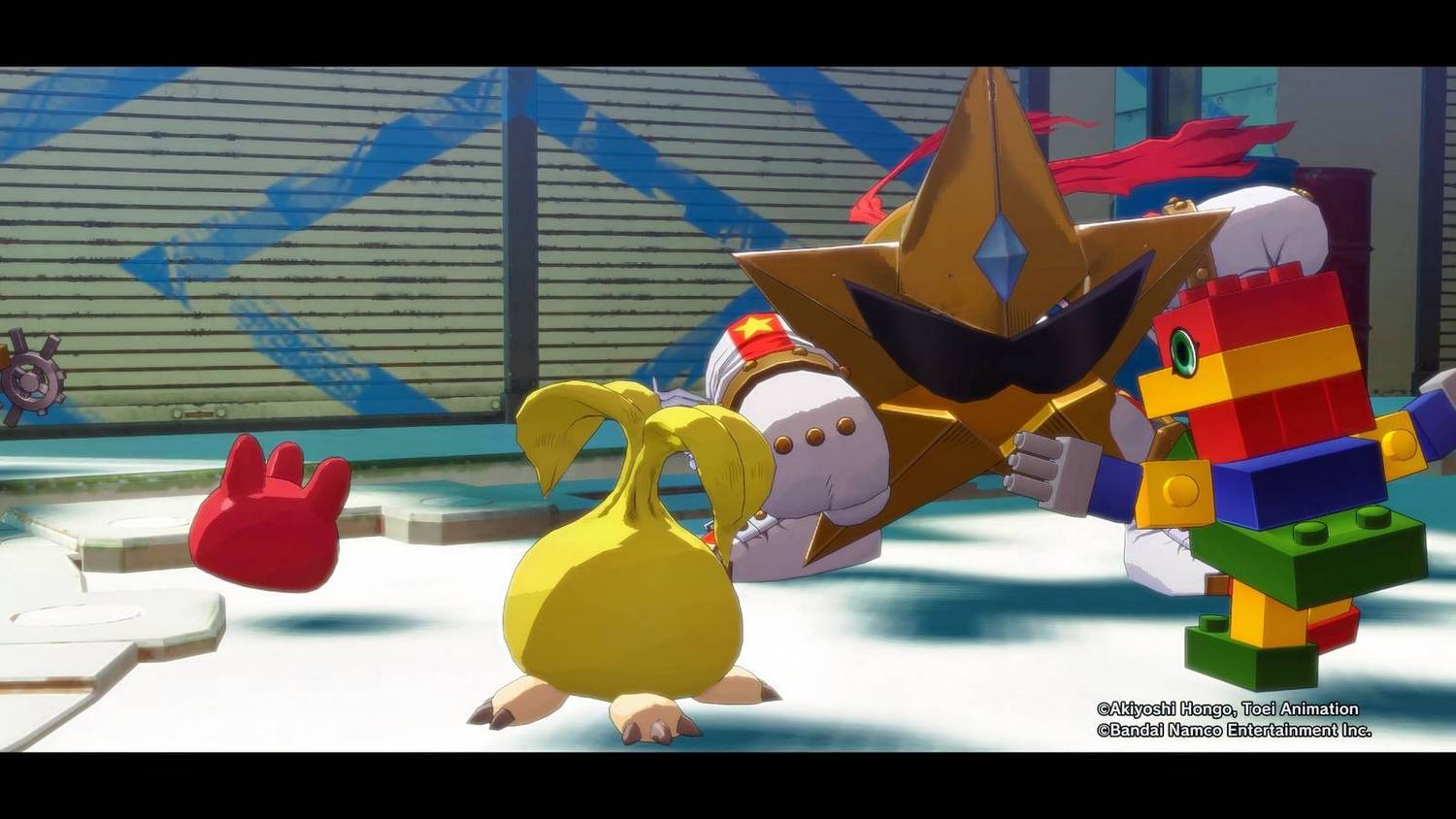 The long-awaited return of the Digimon Story sub-series is finally here, and after nearly a decade, Digimon Story: Time Stranger (DSTS) doesn’t just meet expectations—it largely surpasses them. Billed by some early adopters with the affectionate, if slightly reductive, moniker of “Prettygoodmon,” this latest entry is far more than just “pretty good.” It’s a compelling, narratively ambitious, and mechanically deep JRPG that sets a new gold standard for the franchise’s future. For fans of monster-taming RPGs, the digital frontier has never been more vibrant, more perilous, or more rewarding.
The long-awaited return of the Digimon Story sub-series is finally here, and after nearly a decade, Digimon Story: Time Stranger (DSTS) doesn’t just meet expectations—it largely surpasses them. Billed by some early adopters with the affectionate, if slightly reductive, moniker of “Prettygoodmon,” this latest entry is far more than just “pretty good.” It’s a compelling, narratively ambitious, and mechanically deep JRPG that sets a new gold standard for the franchise’s future. For fans of monster-taming RPGs, the digital frontier has never been more vibrant, more perilous, or more rewarding.
This standalone title, developed by Media.Vision, takes the familiar framework established by Cyber Sleuth and its successor, Hacker’s Memory, and refines it on a new generation of hardware. The result is a substantial role-playing game experience, clocking in at a solid 30-40 hours for the main narrative alone, with hundreds of hours of deep post-game and Digimon training content. This is a game built for maximum engagement and replayability, a smart move in the competitive gaming market.
 A Bold, Time-Bending Narrative of Digital Catastrophe
A Bold, Time-Bending Narrative of Digital Catastrophe
DSTS thrusts players into the high-stakes world of ADAMAS, a secret organization investigating supernatural phenomena. You play as an unnamed agent—a choice between Dan or Kanan Yuki—who is caught in the cataclysmic “Shinjuku Inferno,” an event that threatens to erase both the Human World and the Digital World, Iliad. In an explosive opening, your protagonist is flung eight years into the past, giving you a second chance to unravel the conspiracy and prevent the apocalyptic future. This time travel premise is a brilliant narrative device, providing both a sense of urgency and a unique lens through which to view character development.
- High-Stakes Plot: The focus on preventing an apocalypse gives the entire campaign a serious, mature tone, a welcome evolution from previous entries.
- Compelling Cast: While the silent protagonist’s lack of voice acting occasionally dulls emotional scenes, the supporting cast, including the central heroine Inori Misono and the mysterious Digimon Aegiomon, are charismatic and engaging, driving the story forward.
- World-Building: The narrative skillfully interweaves the human world of Tokyo and the fully fleshed-out Digital World: Iliad. The latter is no longer a collection of generic cyber-dungeons but a vibrant, lived-in digital society, a huge step up for the series.
The plot excels in using the time-hopping structure to create deep, emotional connections. Watching smaller Digimon you assist in the past mature and evolve into powerful allies in the present is genuinely moving. The story’s pacing, while slow in the initial two hours, quickly escalates into a twist-filled race against powerful, gigantic antagonists known as the Titans, led by the formidable Plutomon.
 Strategic Depth: The Next Evolution of Turn-Based Combat
Strategic Depth: The Next Evolution of Turn-Based Combat
The core of DSTS’s appeal lies in its incredibly rich and flexible gameplay systems, which offer a strategic experience comparable to giants like Shin Megami Tensei and Dragon Quest Monsters, rather than a direct competitor to Pokémon. Combat is a traditional turn-based system, supporting a formidable party of up to six Digimon (three active, three reserve) plus potential guest characters.
The true genius is in the multi-layered weakness system:
- Attribute Synergy: The classic rock-paper-scissors dynamic of Vaccine (beats Virus), Virus (beats Data), and Data (beats Vaccine) types.
- Elemental Weaknesses: An additional eleven elements (Fire, Water, Plant, etc.) stack with the attributes, allowing for massive damage multipliers—or heavy reductions—based on your strategy. Mastering this synergy is key to efficient farming and beating difficult bosses, offering a high-reward strategic loop.
New systems further bolster this depth:
- Digimon Personalities: Each of the over 450 collectible Digimon possesses one of 16 personality types. This system influences stat growth, skill acquisition, and Digivolution conditions, adding an unprecedented level of control and customization to your squad’s build. A “Daring” Digimon will favor Attack and Defense, for example, making optimal party composition a fascinating puzzle.
- Cross Arts: The human agent is not just a sideline character. By accumulating Cross Points (CP) in battle, the agent can unleash powerful Cross Arts—ultimate moves that can wipe out mobs or break a boss’s concentration, providing a critical layer of tactical control and cementing the bond between human and monster.
- Agent Skills: Earning “Anomaly Points” (AP) from missions allows you to invest in Agent Skills, which provide permanent, game-changing buffs like easing Digivolution requirements or boosting specific personality stats, creating a symbiotic progression where the agent’s growth directly empowers their Digimon team.
The Ultimate Monster-Collecting Loop: Over 450 Reasons to Invest
DSTS boasts the largest roster in the series, featuring over 450 Digimon to collect and train. The non-linear Digivolution system remains the core addiction. You can constantly Digivolve to unlock higher-tier forms and De-Digivolve to reset to a younger form while retaining accumulated “talent,” a crucial mechanic for meeting the often-steep stat requirements for powerful Ultimate and Mega-level evolutions. This fluid system ensures every Digimon on your DigiFarm has potential, driving a compelling and lucrative grinding loop that justifies the substantial play time.
- Conversion System: Taming is handled by the “Convert” system, where battling an enemy increases its scan percentage. Converting at 200% yields a stronger initial Digimon, rewarding persistent engagement with high-value targets.
- Enhanced Exploration: The fully rendered Digital World: Iliad, with its bustling Central Town and diverse biomes like Gear Forest, is a joy to traverse, even offering ridable Digimon to speed up travel and exploration.
- DigiFarm Management: The return of the DigiFarm allows for passive training, stat boosting with food, and managing the Digimon’s evolving Personality, ensuring even your reserve squad contributes to the overall strength of your fighting force.
Final Verdict: A Strategic Powerhouse with High CPC Potential
Digimon Story: Time Stranger is, without a doubt, a landmark title. The “Prettygoodmon” joke, coined by a reviewer, is an ironic understatement given the game’s depth and polish. While the opening is slow and a few minor issues—such as the quiet protagonist and some simplistic side quests—remain, they are small blemishes on an otherwise expertly crafted Japanese Role-Playing Game. The combination of a mature, time-bending plot, one of the most comprehensive and rewarding combat systems in the genre, and an addictive Digimon recruitment and training loop makes this a must-play. It successfully evolves the Digimon IP from a nostalgic niche into a serious contender in the modern JRPG landscape, offering immense value and a fantastic long-term investment for players.
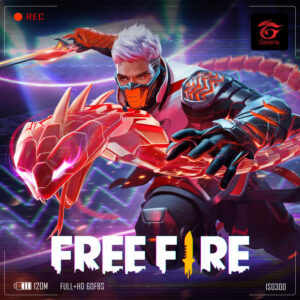





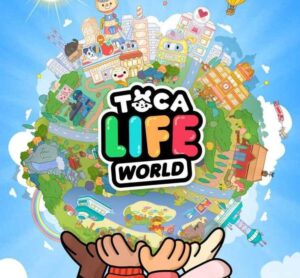
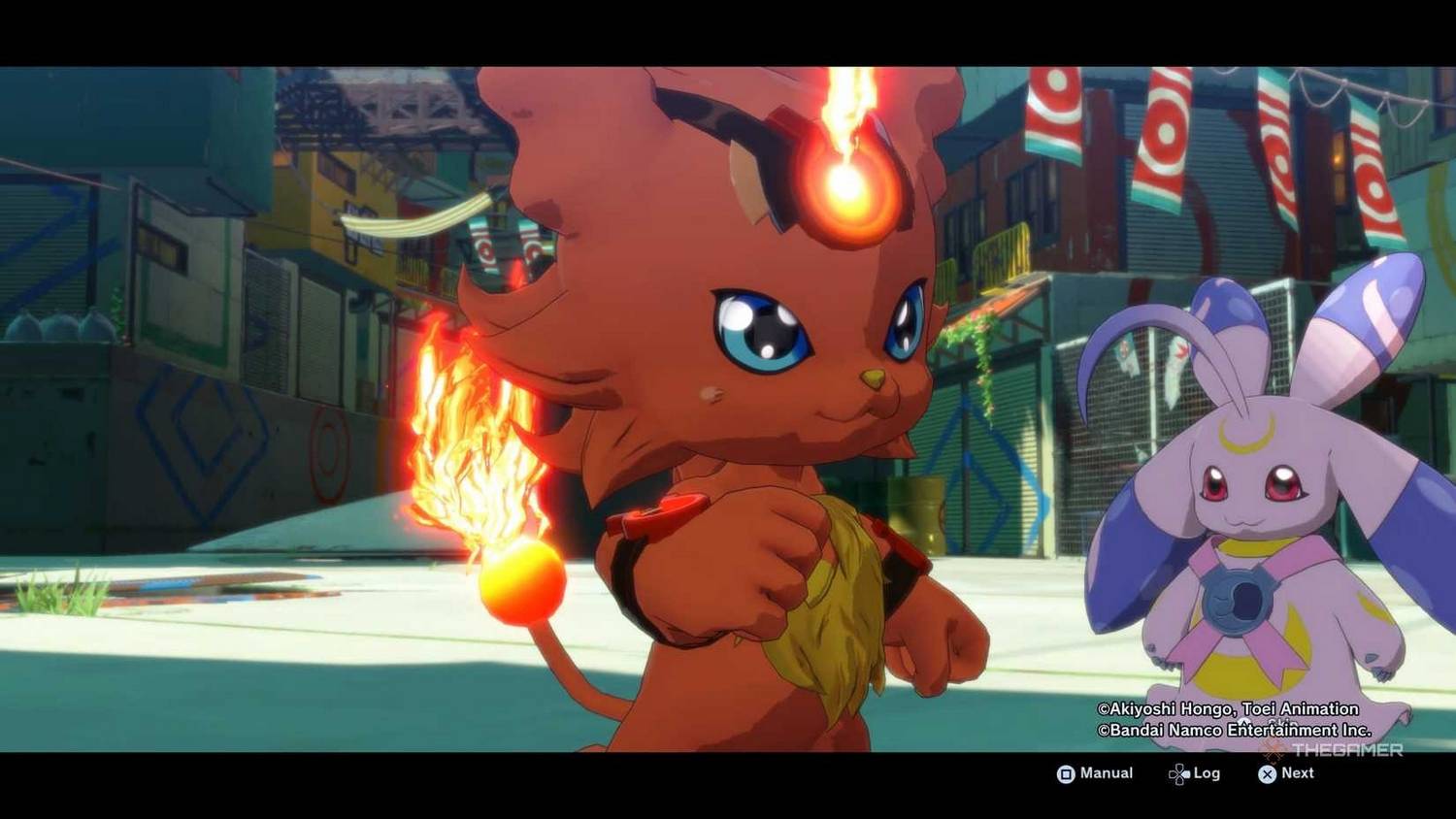 A Bold, Time-Bending Narrative of Digital Catastrophe
A Bold, Time-Bending Narrative of Digital Catastrophe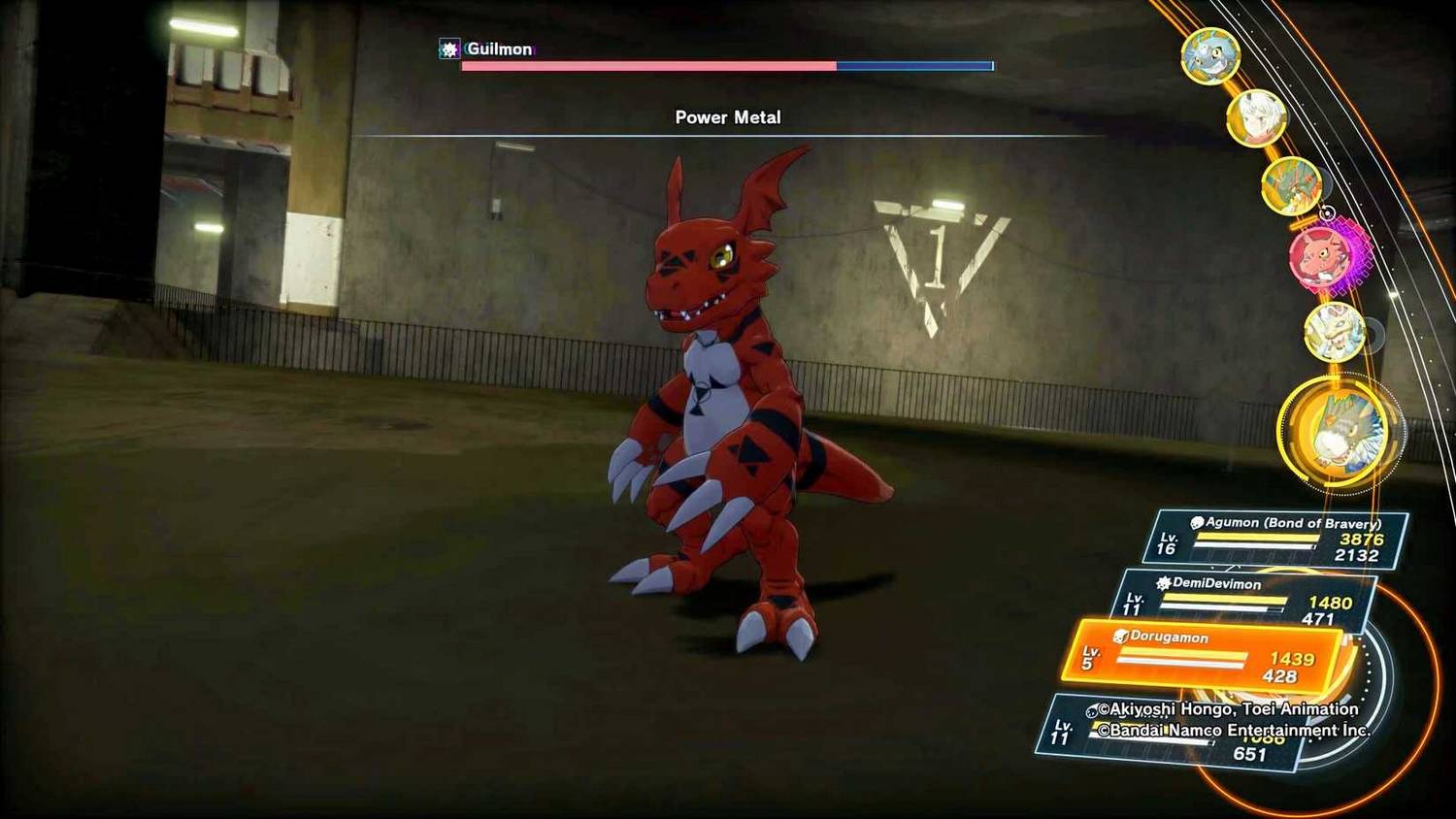 Strategic Depth: The Next Evolution of Turn-Based Combat
Strategic Depth: The Next Evolution of Turn-Based Combat